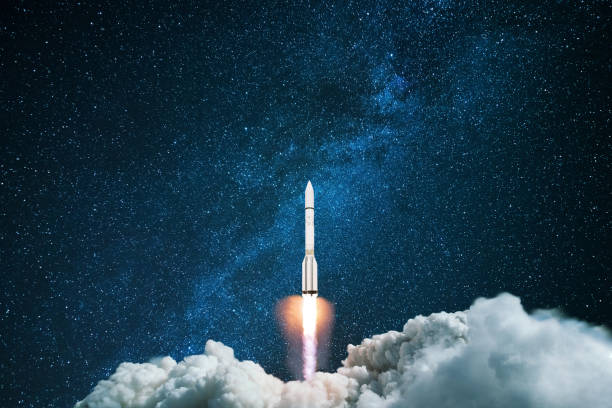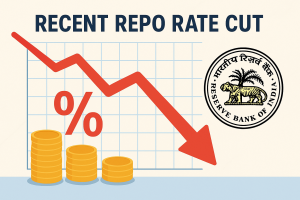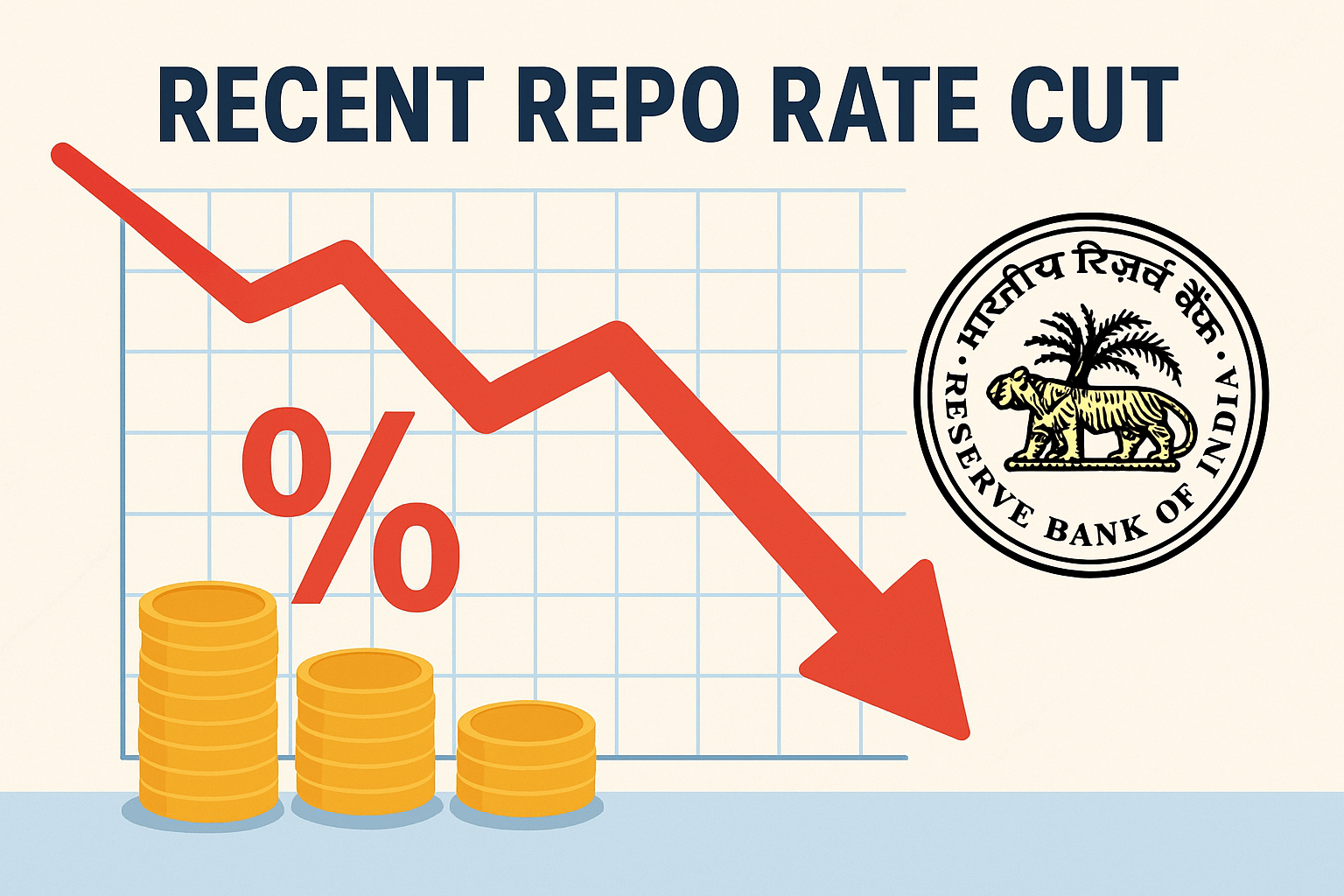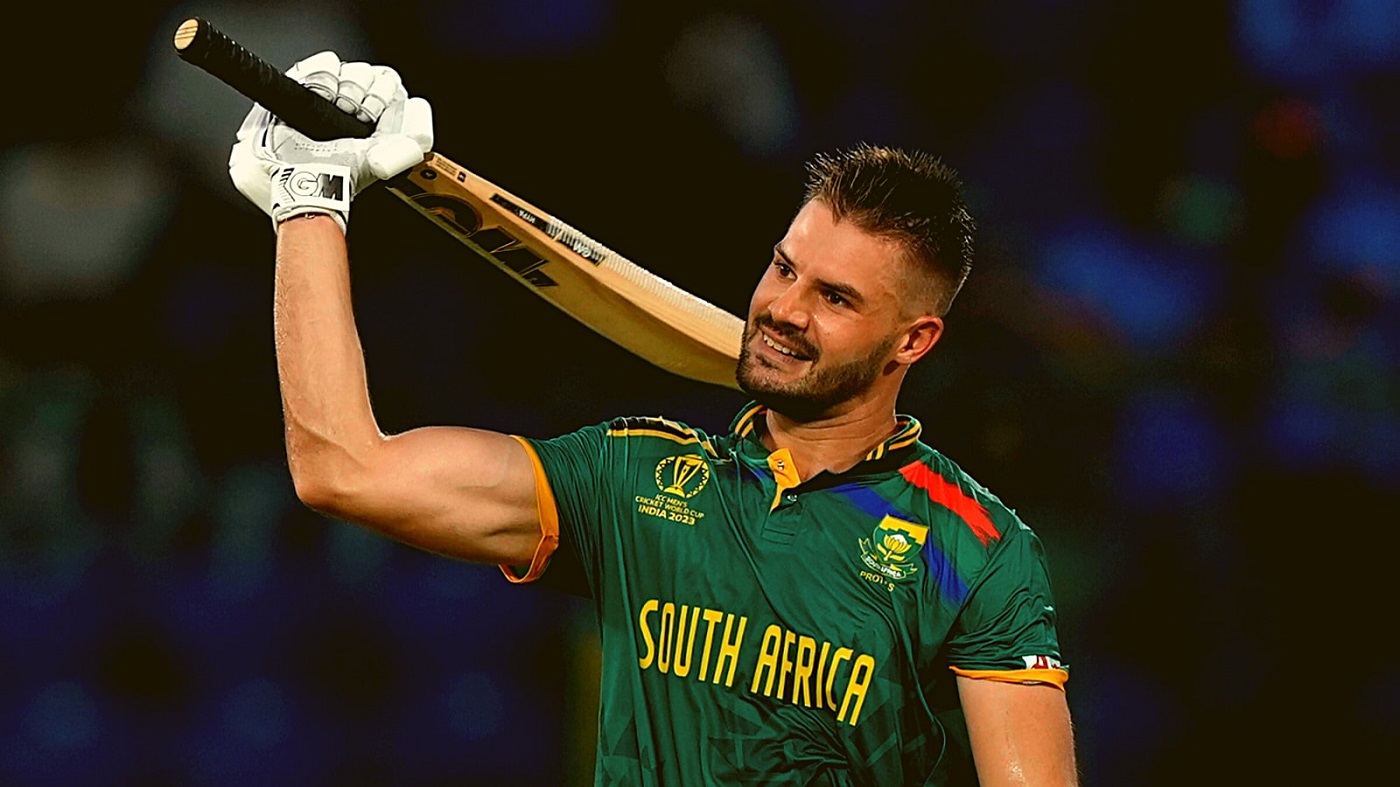Beginning with the Roscosmos full-form – Russian Federal Space Agency, it has long been a pioneer in space exploration, with a history of groundbreaking missions dating back to the early days of the space race. One of their latest endeavors, the Luna 25 mission, aimed to explore the Moon’s South Pole and unlock the mysteries of its uncharted territories. However, as with any ambitious space mission, Luna 25 faced setbacks and challenges that shed light on the complexities of space exploration.
Luna 25 Mission: Aiming for the Moon’s South Pole
The Luna 25 mission was a significant project undertaken by Roscosmos chief, Yuri Koptev, to advance lunar exploration and knowledge. Its primary goal was to land a robotic lander on the Moon’s South Pole region, a location of immense scientific interest due to the presence of water/ice in permanently shadowed craters. Water ice could potentially serve as a valuable resource for future lunar settlements and deeper space exploration.
Roscosmos Luna 25 Update – The Setback and Failure
Despite careful planning and advanced technology, the Luna 25 mission faced a setback that led to its failure. In the early stages of the mission, technical glitches and communication issues arose during the descent and landing phases. These challenges proved insurmountable, resulting in the loss of the lander before it could reach the lunar surface. The failure serves as a reminder of the unpredictable nature of space missions and the complexities involved in executing them successfully.
Luna 25 vs Chandrayaan 3 Cost and Comparison
In the realm of lunar exploration, Russia’s Luna 25 and India’s Chandrayaan 3 missions are prominent contenders. Chandrayaan 3, the third lunar mission by the Indian Space Research Organisation (ISRO), shares similar objectives with Luna 25 – to explore the Moon’s surface, conduct scientific investigations, and enhance our understanding of our celestial neighbor. However, it’s essential to consider the differences between these missions, including their costs and approaches. Luna 25 vs Chandrayaan 3 are as follows:
Cost Comparison: (Luna 25 Cost in Dollars and Rupees)
Both Luna 25 and Chandrayaan 3 represent significant financial investments. While the exact cost of the Luna 25 mission hasn’t been widely disclosed, estimates put it in the range of hundreds of millions to over a billion dollars. The closest estimation is said to be over $200 million dollars, which puts the Luna 25 cost in rupees to be around Rs. 1600 crores. On the other hand, Chandrayaan 3 is expected to have a more cost-effective budget, possibly around $100 to $150 million (. around 600 crores)
Chandrayaan 3 vs Luna 25 – Approach Comparison:
Despite the cost disparity, both missions approach lunar exploration with unique strategies. Luna 25, as seen in its initial phases, aimed for a soft landing on the lunar surface. Chandrayaan 3, on the other hand, is designed to consist of a lander and a rover – an approach similar to India’s successful Chandrayaan 2 mission. The rover will be capable of conducting in-depth surface investigations and analyses, adding another layer of complexity to the mission.
Conclusion
While the Russia Luna 25 crash video is all over the internet, the failure serves as a testament to the relentless pursuit of scientific knowledge despite setbacks. As space agencies worldwide continue to strive for lunar exploration and advancement, missions like Chandrayaan 3 and Luna 25 offer valuable insights into the intricacies of exploring the cosmos.
FAQs –
Luna 25 mission which country?
- Russia
Is Luna 25 costlier than Chandrayaan 3?
- Yes, it is way more costlier than India’s Chandrayaan 3.










